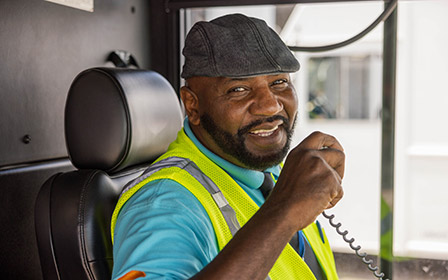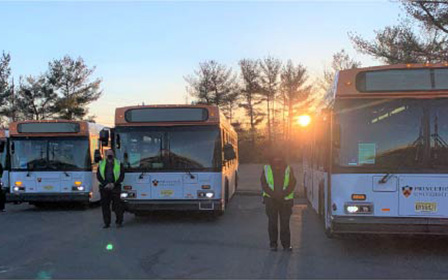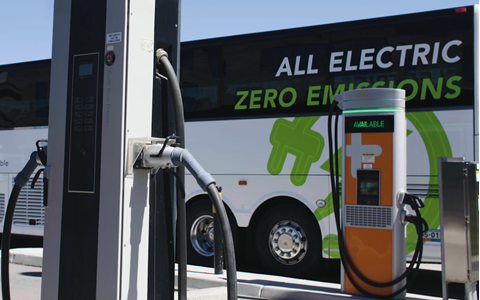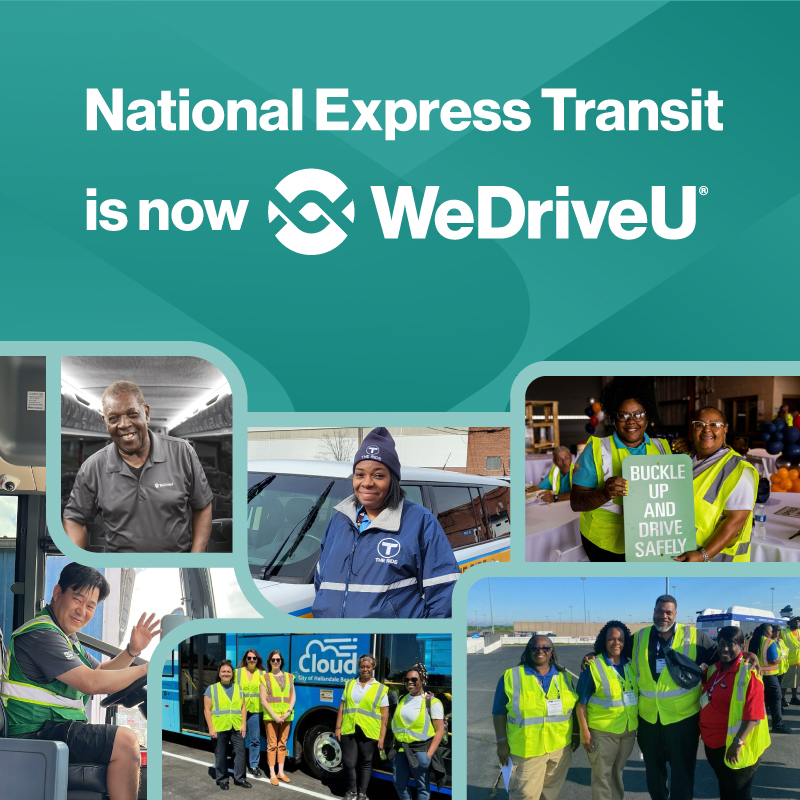1B Passengers served globally (2022)
4,000 U.S. employees
2,300 Vehicles operated (U.S.)
44 U.S. locations
News & Insights
Explore our Lastest Updates
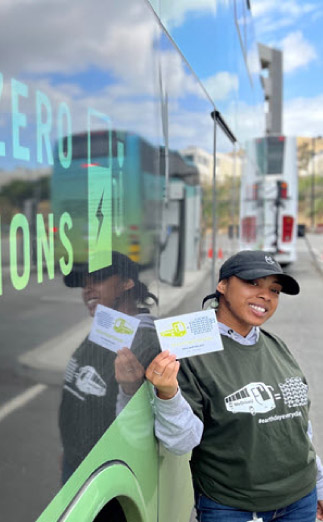
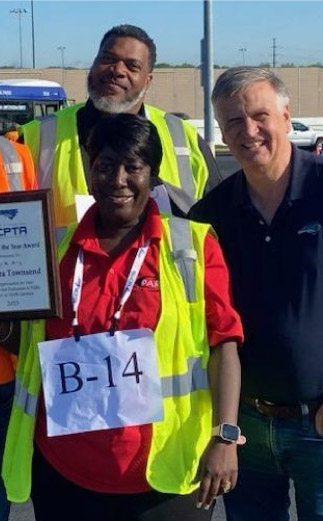
About Us
A passionate team dedicated to your success
WeDriveU is built around our customers, and it starts with attracting and developing the best team in the industry. We foster a diverse, equitable, and inclusive culture of empowerment across a team that thrives on exceeding customer expectations.

